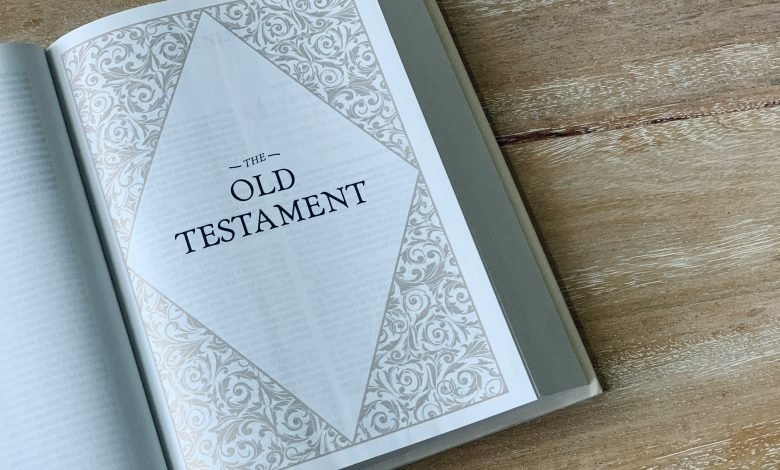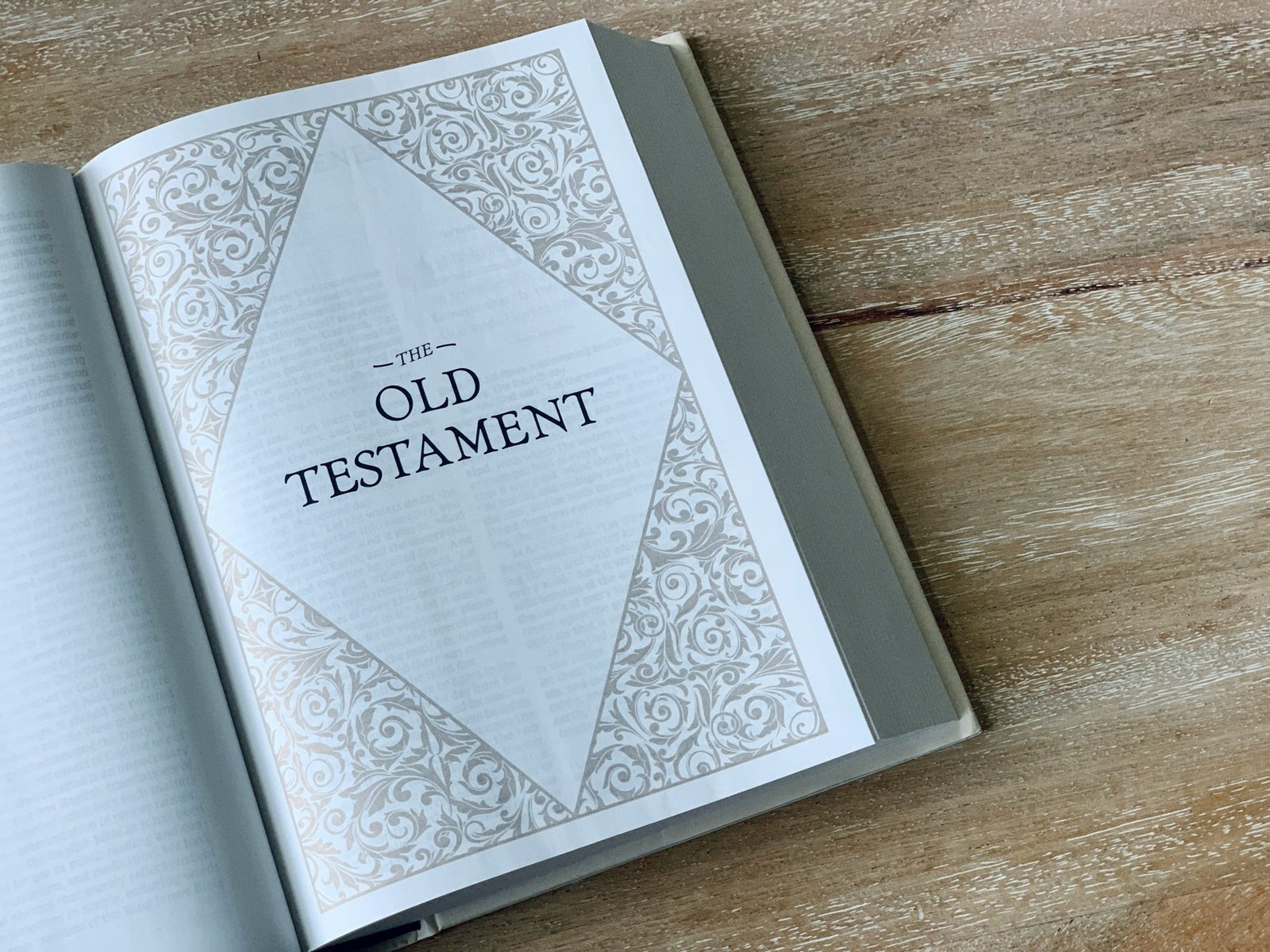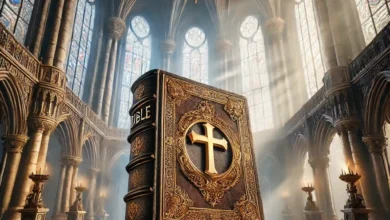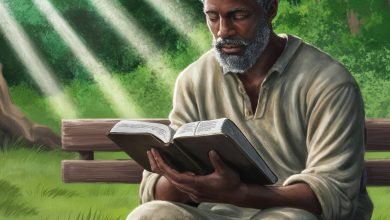
Does the name Jesus Christ appear in the Old Testament?
Does the Name of Jesus Christ Appear in the Old Testament? Throughout the New Testament, the writers emphasize that Jesus Christ was not just an important man, but the one whom the Old Testament writers had foretold would come. Let’s take a brief look at what the Old Testament says about Jesus.
The Bible is the word of God that He has inspired to us (2 Timothy 3:16-17). Jesus Christ, God the Son (John 10:30), assured us that His word will endure: “Heaven and earth will pass away, but my words will never pass away” (Matthew 24:35; Mark 13:31; Luke 21:33). His story is woven throughout the Bible because it’s all about Jesus. All of it.
We can look at any book in the Bible and read either a whisper or a shout about Jesus Christ (sometimes both). He may be found in both the Old and New Testaments.
فرست محتوا
- 1 1. Does the Old Testament Speak About Jesus Christ?
- 2
- 3 2. Types (Figures, Foreshadows, or Something Representing Something or Someone Else):
- 4 3. Prophetic Words (Prophecies About Jesus Christ Given by Old Testament Prophets):
- 5 What Does Deuteronomy Say About Jesus Christ?
- 6 Does Deuteronomy Predict How Jesus Christ Would Die?
- 7 Where Does Jesus Refer to Old Testament Prophecies About Himself?
1. Does the Old Testament Speak About Jesus Christ?
To understand Jesus Christ, the author of the Bible, we need the entire Bible. We can look at Genesis 1:1 and compare it with John 1:1 and see Jesus at the beginning of both the Old and New Testaments. He is the Word, and all things were created by Him and for Him (Colossians 1:16-23).
There are plenty of additional resources about Jesus Christ in the form of pre-incarnate appearances, types, and prophetic words in the Old Testament.
1. Pre-incarnate Appearances (Theophanies or Christophanies in the Old Testament):
In Genesis 18, a man recognized as the Lord appeared to Abraham with two companions. These companions were angels who were sent to Sodom and Gomorrah. The Lord talked to Abraham about what was going to happen to those cities and that Sarah, Abraham’s wife, would have a son.
Another striking appearance of Christ in the Old Testament is seen in Daniel 3:24-25. King Nebuchadnezzar threw Daniel’s three friends into a fire seven times hotter than usual (Daniel 3:19). The king saw a fourth man walking with the three in the fire, a man who looked like “the Son of God” (Daniel 3:25). This fourth “man” is likely Jesus Christ.
Read More : What happened during the 400 years of silence between the Old and New Testaments?
2. Types (Figures, Foreshadows, or Something Representing Something or Someone Else):
In Genesis, Joseph is seen as a type of Christ, because as theologian Greg Stiekes explains, “Joseph typifies the work of Christ because he saved his people and brought them into unity with one another.” Noah is a type of Christ, as he can be considered the “second Adam.” He was righteous, blameless, and walked with God. Noah and his seven family members were the only survivors of the great flood (Genesis 7:1), and God commanded Noah to “recreate.”
3. Prophetic Words (Prophecies About Jesus Christ Given by Old Testament Prophets):
Jesus Christ fulfilled over 300 specific Old Testament prophecies. This is substantial in proving that Jesus is who He claims to be. Isaiah is probably at the top of many people’s lists as the primary Old Testament prophet who prophesied about Jesus. He wrote about Jesus’ birth in Isaiah 7:14 and 9:6-7, which is confirmed in Matthew 1:23. Isaiah’s poignant words in 52:13-53:12 vividly describe the life and death of our Savior.
Jesus Christ is prophesied as the redeemer and crusher of Satan in Genesis 3:15 (compare with Romans 16:20).
John the Baptist is often called the last prophet of the Old Testament, even though we read his story in the New Testament. Jesus Christ declared John the Baptist the greatest human (Matthew 11:11), and it was John who broke the 400 years of silence after Malachi’s revelation. Luke 1:76-79 gives us the beautiful words of John’s father blessing his newborn son.
What Does Deuteronomy Say About Jesus Christ?
Not only did Jesus Christ’s followers associate Him with Old Testament teachings about the Messiah, but He also confirmed that He was the one the Old Testament writers spoke about. In John 1:43-45, Philip told Nathanael, “We have found the one Moses wrote about in the Law, and about whom the prophets also wrote—Jesus of Nazareth, the son of Joseph.” In Luke 24:27, after His resurrection, Jesus met with two disciples on the road to Emmaus, “and beginning with Moses and all the Prophets, He explained to them what was said in all the Scriptures concerning Himself.”
Deuteronomy is a particularly useful example, as Jesus Christ quoted from Deuteronomy more than any other Old Testament book. The New Testament quotes Deuteronomy about ninety times.
Jesus Christ was predicted by Moses in Exodus and Deuteronomy, serving as a type of Christ before His coming. Furthermore, several passages hint at the coming of Jesus.
For example, Jesus Christ is depicted in Deuteronomy 18:15-18 when Moses spoke to the people. He told them that the Lord would raise up a prophet for them (like Moses) from among their own people. They must listen to Him as they would to the Lord their God. What He said would come directly from God, and He would act as God commanded Him (see John 14:31).
Another passage within Moses’ commands regarding laws and penalties for disobedience is even more telling.
Does Deuteronomy Predict How Jesus Christ Would Die?
Deuteronomy 21:22-23 describes a punishment for wrongdoing that appears to predict how Jesus Christ would die. The Case for Christ Study Bible points out the following:
“In Deuteronomy, there is another prophecy about the Messiah hidden; it predicts how the Savior would die and how long He would remain on the cross. Deuteronomy 21:22-23 states that God cursed any man executed for breaking one of God’s commands. His body hanging on a tree was a public display of judgment. When Jesus died on the ‘cross’ (1 Peter 2:24), He bore this curse for all humanity and fulfilled Deuteronomy 21:23. The apostle Paul echoes this concept in Galatians 3:13.”
Deuteronomy 21:23 also commanded that the body of the criminal should not remain on the tree overnight, and as we know from the Gospels, Jesus’ body was taken down from the cross before nightfall and placed in a tomb (see Matthew 27:57, Mark 15:42). – Quoted from The Case for Christ Study Bible NIV by Zondervan. Used with permission.
While Moses was a type of Christ, this passage is closer to a prophecy. A biblical prophecy is a divine prediction (message) given by the Lord to one of His prophets (like Isaiah, Malachi, Zechariah, etc.). What comes from the Lord will be accomplished (Deuteronomy 18:22; Lamentations 3:37). Anything that does not happen is not from the Lord.
Knowing that Jesus is seen throughout the Bible, it makes sense that this passage in Deuteronomy is prophetic. Jesus took on the sins of all humanity—past, present, and future. He was hung on the “tree” of the wooden cross. Nicodemus and Joseph of Arimathea took His body down from the cross on the same day He was crucified and died. And yes, they buried Him. Jesus bore the cup of God’s wrath He was to “drink” that day (Mark 14:36; Luke 22:42) and took the place of the “cursed.”
Deuteronomy 18:15-18 is also prophetic because Jesus was a prophet (John 6:14), priest (Hebrews 3:1), and king (Revelation 19:16).
Where Does Jesus Refer to Old Testament Prophecies About Himself?
Today appears to be Resurrection Sunday, right? So, Jesus had risen from the grave just a few hours, perhaps ten hours ago, I don’t know exactly. Yet, it seems that this encounter with two disciples should not have even been recorded in history. I mean, why should it be in the Bible? He just appears on His way and walks with these two people on the road. What does it matter? It seemed that appearing to all the apostles or something like that would have been much more important.
But the Bible says they didn’t recognize Him because God had covered their eyes. However, what is recorded in Luke chapter 24, I believe, is of tremendous importance to us as believers today. The Bible says Jesus walked alongside these two disciples or followers on the road to Emmaus. He took up the Old Testament and began to show them that the whole Old Testament is about Him.
The point is not that the Old Testament does its own thing and then suddenly we come to today and now Jesus comes and now we start the New Testament. Rather, Jesus is very clear that everything, all of history, is about Him. And He later tells this to the disciples when He shows Himself to them.
But it’s interesting that when Jesus meets these two disciples, they want to come and perhaps camp for the night. They still don’t know who Jesus is, and then Jesus offers them bread and wine. At that moment, when He offers those sacraments, their eyes are opened, and they finally understand… Wow! We walked with the Christ. He has risen from the grave and He is here. His body and blood are given to us.
This is an amazing and astonishing fact. So, what Jesus shows us is that even today as we live and we want to be in the midst of the sacraments that He gives us—His body and blood, baptism, and the Word—this is where He is found. He comes and dwells with us in those places. And it’s amazing that the Old Testament points to that just as much as the New Testament.
Jesus is saying, look at the whole Old Testament. See how everything there has a purpose. See how it all points to Me, whether it’s the Passover Lamb or the sacrifices or the Exodus. See how it all points to the Christ. Everything there is necessary for us to be saved.







